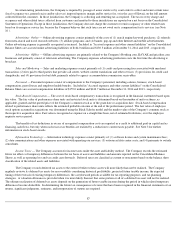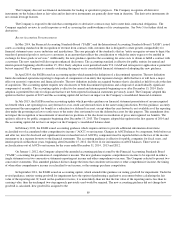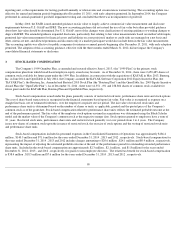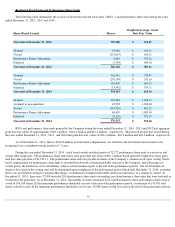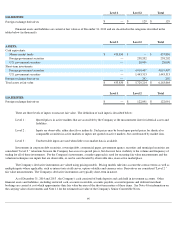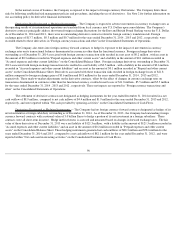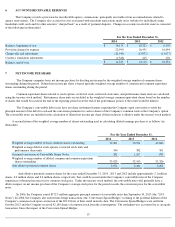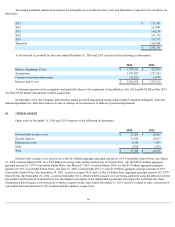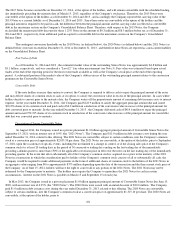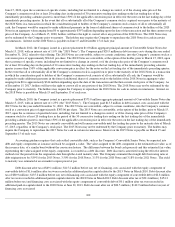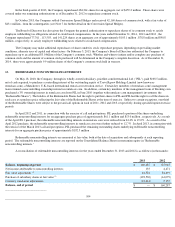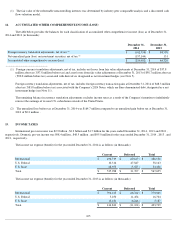Priceline 2014 Annual Report Download - page 100
Download and view the complete annual report
Please find page 100 of the 2014 Priceline annual report below. You can navigate through the pages in the report by either clicking on the pages listed below, or by using the keyword search tool below to find specific information within the annual report.
Financial assets and liabilities are carried at fair value as of December 31, 2013 and are classified in the categories described in the
tables below (in thousands):
There are three levels of inputs to measure fair value. The definition of each input is described below:
Investments in corporate debt securities, sovereign debt, commercial paper, government agency securities and municipal securities are
considered "Level 2 " valuations because the Company has access to quoted prices, but does not have visibility to the volume and frequency of
trading for all of these investments. For the Company's investments, a market approach is used for recurring fair value measurements and the
valuation techniques use inputs that are observable, or can be corroborated by observable data, in an active marketplace.
The Company's derivative instruments are valued using pricing models. Pricing models take into account the contract terms as well as
multiple inputs where applicable, such as interest rate yield curves, option volatility and currency rates. Derivatives are considered "Level 2 "
fair value measurements. The Company's derivative instruments are typically short-term in nature.
As of December 31, 2014 and 2013 , the Company's cash consisted of bank deposits and cash held in investment accounts. Other
financial assets and liabilities, including restricted cash, accounts receivable, accounts payable, accrued expenses and deferred merchant
bookings are carried at cost which approximates their fair value because of the short-term nature of these items. See Note 4 for information on
the carrying value of investments and Note 11 for the estimated fair value of the Company's Senior Convertible Notes.
95
Level 1
Level 2
Total
LIABILITIES:
Foreign exchange derivatives
$
—
$
129
$
129
Level 1
Level 2
Total
ASSETS:
Cash equivalents:
Money market funds
$
433,850
$
—
$
433,850
Foreign government securities
—
238,202
238,202
U.S. government securities
—
28,000
28,000
Short-term investments:
Foreign government securities
—
4,019,407
4,019,407
U.S. government securities
—
1,443,313
1,443,313
Foreign exchange derivatives
—
292
292
Total assets at fair value
$
433,850
$
5,729,214
$
6,163,064
Level 1
Level 2
Total
LIABILITIES:
Foreign exchange derivatives
$
—
$
122,091
$
122,091
Level 1 : Quoted prices in active markets that are accessible by the Company at the measurement date for identical assets and
liabilities.
Level 2 : Inputs are observable, either directly or indirectly. Such prices may be based upon quoted prices for identical or
comparable securities in active markets or inputs not quoted on active markets, but corroborated by market data.
Level 3 :
Unobservable inputs are used when little or no market data is available.




